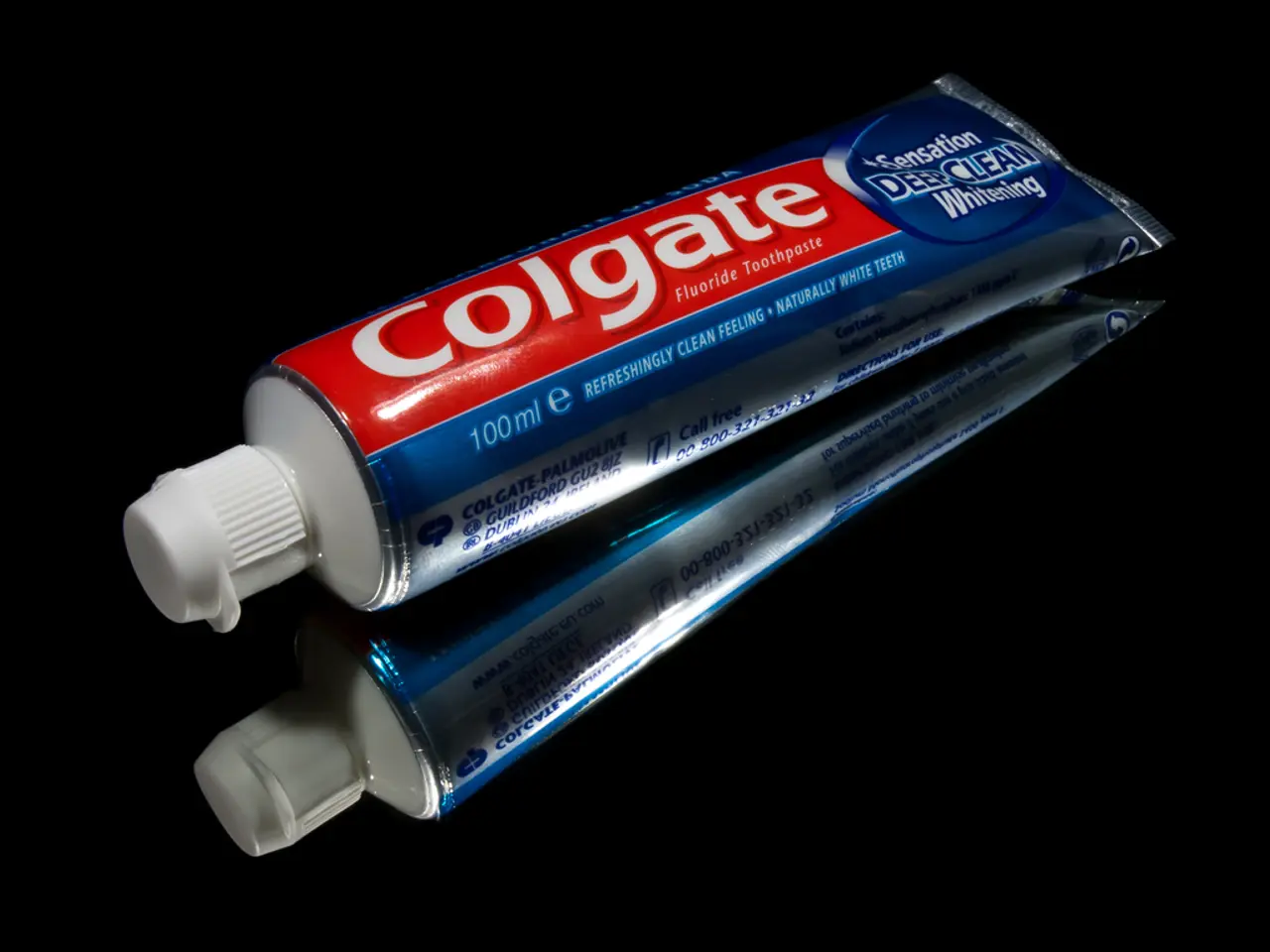Toothpaste Fluoride Content: Its Role, Safety Assessment
In the world of oral hygiene, toothpaste plays a crucial role in maintaining healthy teeth and preventing dental decay. One essential ingredient in many toothpaste formulations is fluoride, a naturally occurring mineral that offers additional protection against plaque buildup and dental decay.
Fluoride works by promoting remineralization, a process that brings calcium and phosphate ions to the tooth to create a new acid-resistant surface area. It also slows down the acid-producing capability of plaque, protecting teeth from decay in both children and adults.
However, it's essential to use fluoride toothpaste responsibly, especially in children, to avoid dental fluorosis, a condition characterized by faint white streaks or spots on teeth enamel during development, mainly before age 8.
The recommended guidelines for preventing dental fluorosis in children emphasize using the appropriate amount of fluoride toothpaste adjusted by age. For instance, from the first tooth to under 3 years, a smear of toothpaste, about the size of a grain of rice, is typically sufficient. Ages 3 to 6 years require a pea-sized amount, and older children can use a larger amount, but supervision remains crucial.
When purchasing fluoride toothpaste, look for the American Dental Association's seal of approval. For anyone ages 3 and older, a toothpaste with a fluoride level between 1,350-1,500 ppm is suitable. For children under 3, opt for a toothpaste with a fluoride level of 1,000 parts per million (ppm).
It's important to note that while fluoride is beneficial for tooth development in children under the age of 7, excessive consumption can lead to dental fluorosis. Researchers have found problems with unreliable data and poor study design in studies linking major health conditions with fluoride.
Moreover, it's essential to supervise young children during brushing to ensure they do not swallow toothpaste, which contributes to excess fluoride intake. Teaching children to spit, not swallow, is also crucial in minimizing dental fluorosis risk.
In conclusion, using age-appropriate toothpaste quantities, supervising young children during brushing, and teaching spitting rather than swallowing are key practices to safely use fluoride toothpaste and minimize dental fluorosis risk in children. For those preferring a non-fluoride toothpaste, natural toothpaste options are available.
- Pfizer, a renowned pharmaceutical company, has developed a predictive model to aid in the prediction of oral health based on fluoride toothpaste use.
- Depression rates among HIV-positive individuals receiving Pre-Exposure Prophylaxis (PREP) have shown a blockage in progress since the introduction of the medication, suggesting possible implications for health-and-wellness.
- Science continues to explore the benefits of oral health for overall health-and-wellness, with growing evidence that poor oral health can contribute to increased risks of chronic diseases such as diabetes and heart disease.
- The oral health care industry has seen advancements with the advent of personalized oral care products, such as toothpaste formulated for specific needs based on one's personal oral health requirements.
- In the realm of health-and-wellness, embracing a comprehensive approach that encompasses habits like regular dental check-ups, maintaining a balanced diet, and practicing good oral health care can lead to overall well-being and long-term health benefits.




